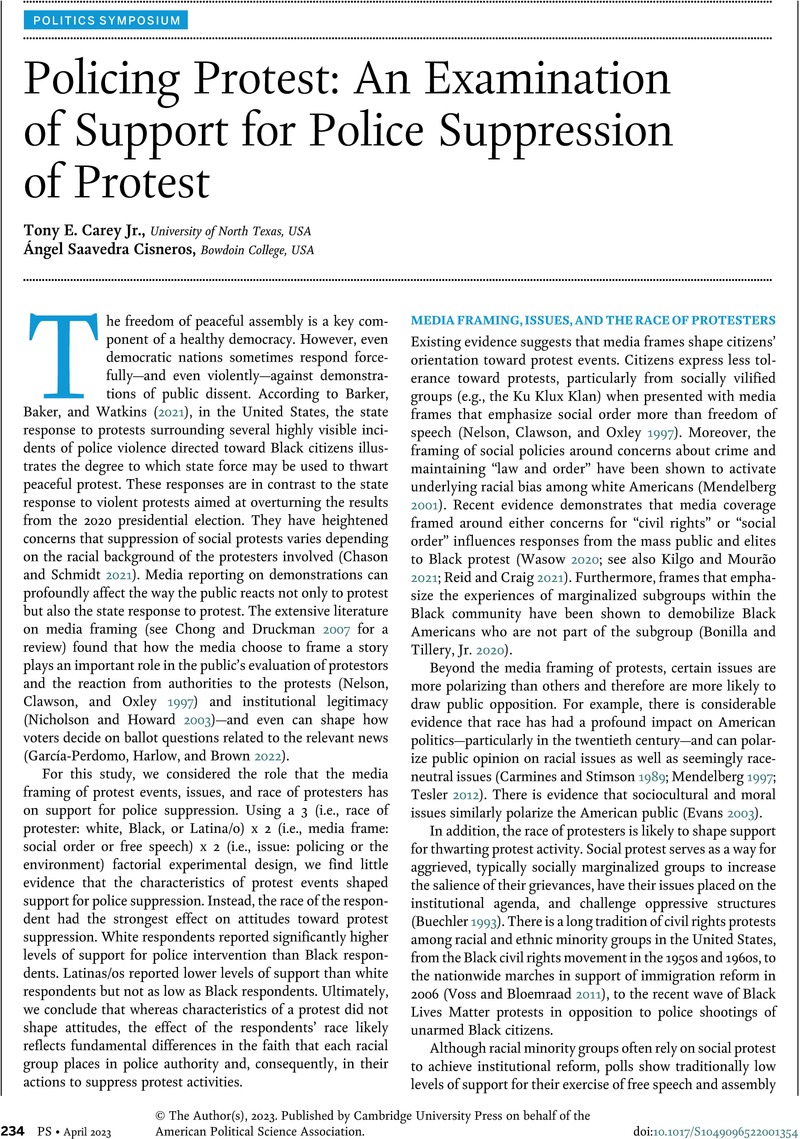Crossref Citations
This article has been cited by the following publications. This list is generated based on data provided by Crossref.
KESGİN, Burak
2023.
GÜVENLİK, DÜZEN VE GÖZETİM: GELECEĞİN DÜNYASINDA PROTESTO HAKKI.
Sosyoloji Araştırmaları Dergisi,
Vol. 26,
Issue. 2,
p.
18.



